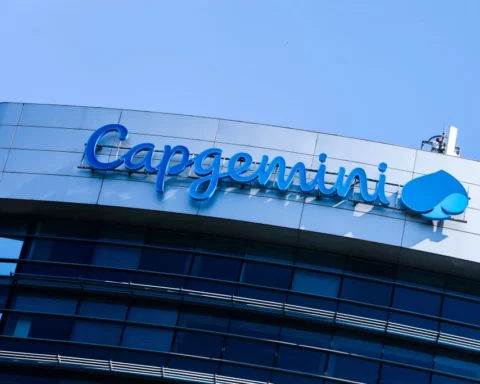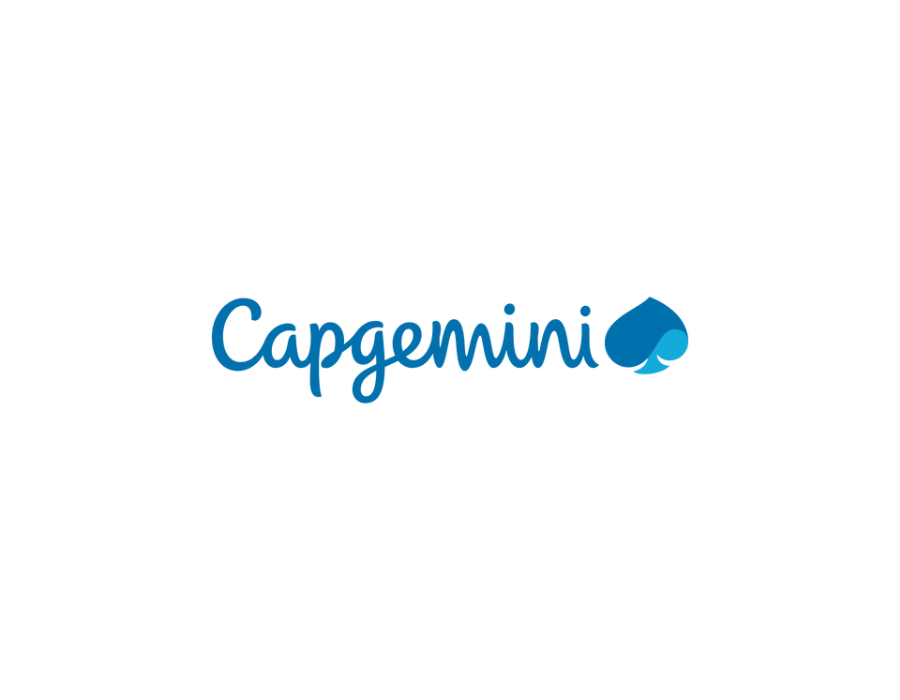Payments are entering a new experience-driven era (Payments 4.X), ushered in by an accelerated transformation timeline due to COVID-19 and the growing digital appetite of customers, according to the World Payments Report 2021 published today by Capgemini. With the Asia Pacific region leading the global pack, the demand for digital payment options is greater than ever before, along with the expectations for fast transaction settlements, instant payments, e-money, failsafe security, and wow-factor customer experience.
The report found that nearly 45% of consumers frequently use mobile wallets to make payments (>20 transactions a year) up from 23% in the 2020 poll. Furthering this trend, global B2B non-cash transactions will increase to reach nearly 200 billion transactions by 2025, from 121.5 billion in 2020, according to Capgemini estimates.
“As digital payments and mobile wallets become more the norm than the exception, payment providers must find ways to meet consumer hopes for speed and ease of use,” said Anirban Bose, CEO of Capgemini’s Financial Services and Group Executive Board Member. “To embrace the next generation of payments, banks must build a complimentary partnership ecosystem to keep up with the rate of change.”
As spending rebounds, next-gen payments will drive non-cash transaction growth
The report found that with spending expected to rebound in 2021, non-cash transactions will rise, with instant payments, e-money, and next-gen payment methods − Buy Now Pay Later (BNPL), invisible, biometric, and cryptocurrency − driving the non-cash transaction growth. After eight years of double-digit growth, overall global non-cash transaction growth decelerated to 7.8% in 2020 down from 16.5% in 2019, fueled by hesitation around uncertain market conditions due to the pandemic. However, global non-cash transactions are poised to grow at 18.6% CAGR (2020-2025Forecast), driven by next-gen payments, and are projected to reach 1.8 trillion in volume by the end of the forecast period.
Globally, APAC is leading the digital payment revolution. By 2025, the region will represent more than half of global non-cash transactions with 28% CAGR from 2020-25. More than half a billion Europeans say they will shop online in 2021, (25.5% of which is cross-border).[3] In Europe, mobile payments and cross-border e-commerce will ramp up and drive the region beyond 400 billion transactions in 2025 at a CAGR of 13% (2020-25Forecast). North America is predicted to stabilize non-cash payments volumes due to plateaued card transaction growth and slow mobile payments adoption.
With customer expectations increasing, legacy payments infrastructure is being stretched
As digital adoption continues to accelerate, increased volumes and instant processing requirements are stretching legacy payments infrastructure. About 55% of the surveyed executives said their technology investment priorities were payments infrastructure modernization (real-time payment system implementation, API integration, ISO 20022 migration, cloud transformation). Providers need to prioritize digital capabilities to remain competitive. COVID-19 drove both retail and B2B payments to digitalization. The wide gap in terms of customer satisfaction along with the growing digital appetite of retail and B2B customers continues to evolve and redefine customer engagement in the payments industry. The report found that attractive loyalty and rewards, frictionless transaction experience, alternate payment options, and sustainable payment products are the key areas in which gaps exist between customer expectations and payment executive priorities.
Regulators strive for a balance between innovation and safety
Payments service providers have been the beneficiaries of a new balanced approach to key regulatory and industry initiatives (KRIIs) to promote and facilitate a payments-friendly environment. For the first time since tracking KRIIs, regulators supported balanced action across all primary objectives (risk reduction, standardization, competition and transparency, innovation) to maintain equilibrium within the payments landscape.
KRIIs are on a cyclical journey across efficiency, customer focus, innovation, and collaboration. By ensuring a level playing field through anti-monopoly measures and transparent data sharing, policymakers signal a future that’s friendly to open finance. According to the report, payment providers should focus on benefitting from this approach to regulation as they continue to innovate to meet consumer demand.
Payment firms need to future-proof with Payments 4.X
With spend predicted to increase and non-traditional payment methods poised for growth, future-proofing firms will embrace the elements of Payments 4.X, including data, shared infrastructure, platform capabilities, and embedded finance to deliver a superior customer experience. In regard to profitability plans, most payment firm respondents opted for operating model measures such as investing in third parties to develop innovative propositions (52%), orchestrating an API-based ecosystem, and moving into a platform-based business model (45%). The most successful payment firms will collaborate with PayTech and ecosystem partners to craft solutions based on customer experience rather than products. API maturity, data prowess, and augmented processing capabilities, coupled with cloud-based agility will be the catalysts to Payments 4.X to move beyond the traditional transaction mindset into new monetization approaches.






